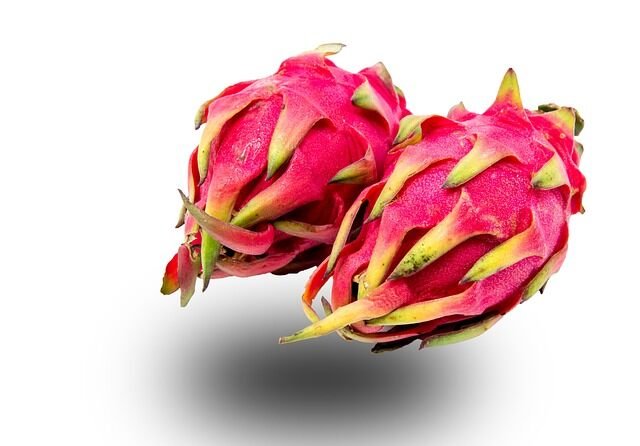Bananas, delicious goodness chock-full of things that our bodies need, but when we’re done with them, nearly half the fruit is thrown away. At a minimum, most of us growers will at least compost the peels, eventually unlocking and adding those nutrients back into our gardens. But for an immediate boost, or maybe for those indoor growers who don’t have access to a compost pile, we can actually tap into these free organic nutrients, one in particular, in three easy ways. Let me show you how.
First up, what’s in a banana peel that makes it so special? Why this one fruit and not the hundreds of other fruit skins that we discard every day? We have to actually look at the biology of plants themselves. We know that plants require dozens of elements, compounds, and nutrients to function and thrive, let alone produce viable crops for us. But there are three specific elements that are required in larger amounts than any other, and that’s your NPK, your nitrogen, your phosphorus, and your potassium. Banana skins, while having moderate amounts of calcium, phosphorus, manganese, and even trace nitrogen, are known to be disproportionately higher in potassium. But unlike its two sister macronutrients, nitrogen and phosphorus, organic sources of potassium are not as readily available to the backyard gardener. Cue the banana peels. Potassium is used by plants to sustain growth and specifically aids our crops by increasing root structure, improving drought tolerance, increasing disease resistance, and it’s necessary by photosynthesis itself. Important, right? So let’s see how we can turn this into a free organic potassium boost for our plants.
The first way to use a banana peel in our gardens is only one incremental step above cruelly throwing the skin in our compost, and that’s to use it at the bottom of our pots and containers. When potting up new plants, it’s best to chop it up into pieces so we can decompose faster, but really, this is as crude as it gets. Anyways, I find this solution less than ideal and really, at this point, I’d rather just put the peel on the compost and let the entire garden benefit.
The second way that I use banana skins is to make a powdered fertilizer from them. It’s really easy. You basically just want to dehydrate the skins to the point of them being completely hard and crumbly.. Once your peels are dry,. You can mix the powder in with your favorite potting soils or you can add it to the topsoil of existing pots or crop rows. Amazing. And one thing I absolutely love to do with this powder is mix it with rock dust at a one-to-one ratio and amend my microgreen soil with it. The plants go absolutely nuts over it. I’m not joking.
The final way that I use banana peels in the garden is to make a liquid fertilizer. This one is even easier than the powder, as it requires no extra machinery, heat, or even manpower. You simply soak the skins completely submerged at room temperature for at least two weeks. The longer you soak them, the more nutrients are going to be extracted, but I find two to three weeks to be the ideal trade-off between time, smell, space, and the amount of nutrients that you’re actually getting. Strain off the spent peels, putting them in the compost, of course, and then use the liquid at a one-to-one strength for either a foliar feed or just watering in your plants directly. Foliar feeding can get the nutrients into your plant slightly faster, so if you think they need an immediate boost, this could be a great way to inject that potassium right into the crop right away.
Whichever method you choose, foliar feed or direct watering, just know that it’s completely safe.
Unlike synthetic chemical fertilizers, at no concentration are you really in danger of burning your plants. To me, that says something. Bananas are great, and the potassium boost that they can give us and our plants is fantastic. Just don’t mistake this as a complete fertilizing solution. At best, this is a really, really good way to add some free organic water-soluble potassium to our soils and gardens. It’s not a replacement for our compost or complete potting soils or their amendments, but it is another tool in our arsenal to grow the best fruits and veggies in a self-sufficient, sustainable way. It does work, however, and I’ve seen the benefits firsthand, and I hope you will too.



